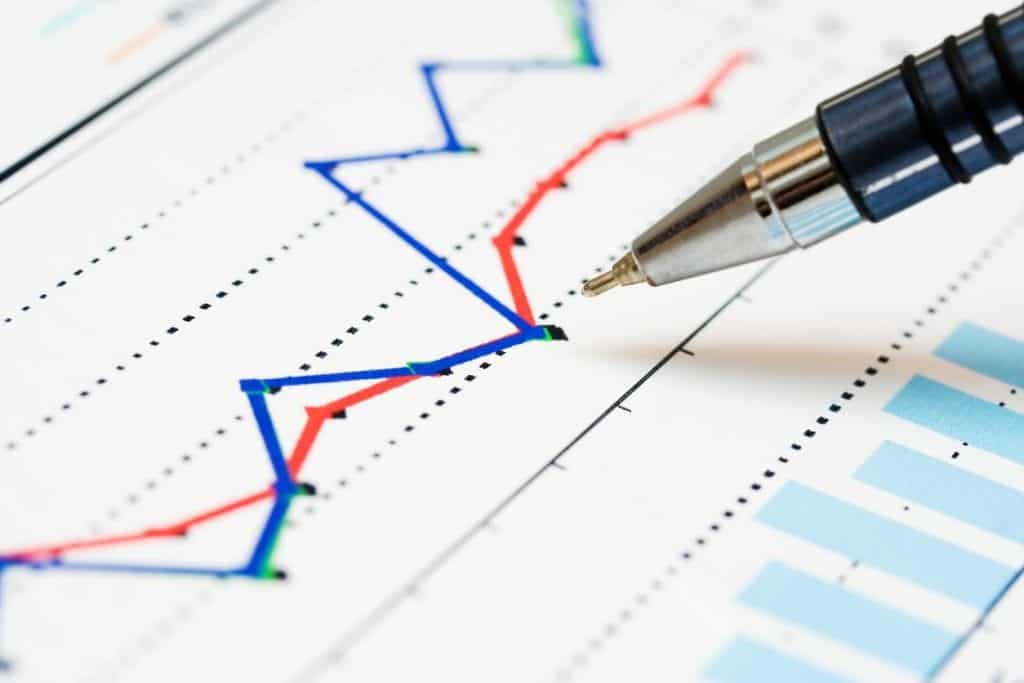
Every organisation has various daily costs and expenses that result from its trading activities.
Some of these don’t change over the short to medium term while others increase or decrease directly as a result of production or sales changes.
A break-even analysis pinpoints when revenues equal fixed costs. Any margins above this point start to produce profits and positive cash flow.
Fixed Cost Definition: An expense or cost that neither increases or decreases from changes in sales made or units produced.
The most common Profit and Loss items paid each month would include rent, rates and other utilities. These are the baseline overheads in a business that still require paying even if sales are zero. Accountants attempt to allocate fixed costs to products using sometimes complex algorithms in an attempt to create a profitibility model by product for growth strategies and some tax calculations.
As you start to scale your operations and require larger premises or more staff, then these foundation values will increase in steps. It’s something to bear in mind when preparing future forecasts.
For standard operations, the following will not change on a daily, monthly or quarterly basis apart from small inflationary increases over time.
Variable Cost Definition: An expense that is accrued resulting from one additional sale or stock production.
Costs that vary directly from one additional sale or manufactured product are called variable costs. These mostly contribute to gross margin calculations and are directly related to generating stock or sales.
The above classifications will change depending on the industry of the business. For example, an Accountant would have their mortgage payments as a fixed cost whereas a buy to let landlord would see these as variable.
Your break-even point is where sales revenues less variable and fixed costs produce zero profits. The place in which the purple and green lines cross in the graphic below is this critical time. To the left of this point the business makes a loss and to the right, with more sales, then profits begin to increase.
Pricing and improving margins play a significant role in sustained profitability in the longer-term. Although manufacturing organisations mainly use the analysis, it applies to any almost any business that has unit based pricing. For example:
To produce this type of analysis use your forecasting tools and project the average revenue value for each additional customer together with their direct costs to produce a margin. Multiply the margin by the number of sales forecasts at various points to see the volume required to cover your fixed costs. At that point, you are at break-even.
The table below shows the data in the above graphic. Notice how the fixed costs make this business unprofitable until they produce 350 units.
| Sales Units | Revenues | Fixed Costs | Variable | Profit/ Loss |
|---|---|---|---|---|
| 0 | 0 | £20,000 | 0 | £-20,000 |
| 100 | £8,000 | £20,000 | £2,000 | £-14,000 |
| 200 | £16,000 | £20,000 | £4,000 | £-8,000 |
| 300 | £24,000 | £20,000 | £6,000 | £-2,000 |
| 400 | £32,000 | £20,000 | £8,000 | £4,000 |
| 500 | £40,000 | £20,000 | £10,000 | £10,000 |
This example has the selling price at £80 per unit, variable costs at £40 per unit and fixed costs at £20,000 until production hits 1,000 units.